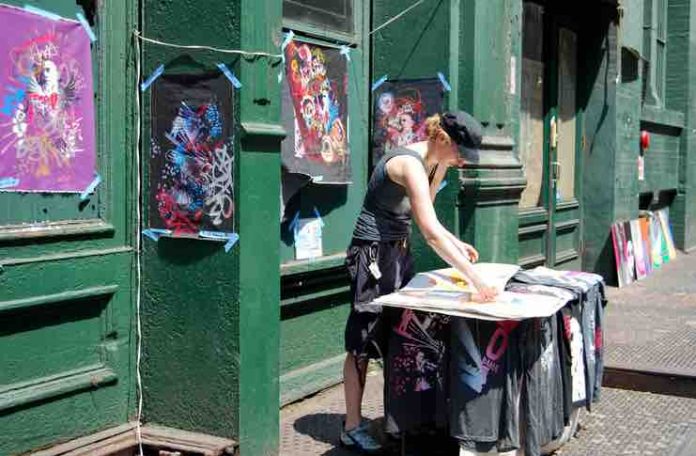
The media richness theory may apply to modern social media. It is also called the information richness theory and stands for the idea about the essentiality of media. Implying that the media has the ability to deliver information in terms of confusion and uncertainty successfully.
Authoritativeness of information transfer depends on several factors: Capacity to attract personal interest, quick responsiveness – as the medium should be able to support bilateral communication; Flexibility in information delivery forms – the ability to display a message in a good way, the vast variety of languages (for example digital or primal communication) and the existence of uncertainty, which breeds the need of information.
Moreover, apart from these criteria, social media offers interactivity, which is why it is innovative. Innovation refers to creating something new that is useful and demanded. Novelty is an essential part of it and requires entrepreneurial skills and capabilities for its utilization and wide use. There are three basic premises for innovation: human-related nature, adaptive workforce, responsive environment, and demand on the market. As we see, social media satisfied all of them and has become the most suitable venue for the marketplace.
How The Internet Affects The Art Community
The Internet and public networks do not only influence information distribution but also art. Interaction between artists and their followers and customers has progressed to the digital market and social media.
The rising demand for digital music and visual art has contributed to streaming services and visual art selling platforms such as Pinterest and Deviantart. In addition to digital art sellers, traditional art sellers operate through social media platforms. Though they may only be considered representatives of the traditional art market, they do their bits in the digitalization of the modern culture industry.
The process implies three main conditions: the implementation of digital tools in companies’ practices, using the Internet as a medium, and accessibility to the online market.
Successful Art Sales Online
It is considered that in order to sell the piece successfully, the seller at least needs popularization and promotion. The use of online mass communication fostered competition, and although all works of art might be unique and valuable for certain people, they will not be sold without raising awareness.
However, more and more artists are willing to show the public their work. Not everyone might achieve it, even though they might possess incredible talents and motivation, as the public usually ignores even helpful information because of the informational overload. Thus in order to achieve publicity, an artist needs to offer some outstanding work and deal with the promotion. Due to such demands, assistant third parties, such as Jaynike, offer users to reach the segmented public on popular music and video platforms in no time. Also, consider that you can promote any kind of work, artistic or not, through video content.
Art Is Still Culturally Valuable
In the modern art market, artworks are considered products or investments. For the mass public, the art market is an international business system as the public pays more attention to the market than the art itself. However, art is different from other types of products that can be consumed. It is still recognized as culturally valuable goods that have more aesthetic purpose than a practical one.
Besides the traditional and virtual types of paintings, there are other types of creative work that have been widely digitized. Music and music videos are one of them. Music marketing can be defined as a set of means which try to raise awareness of a bands’ or artists’ work and focus public attention on the artists themselves. Public opinion is mainly concentrated on already famous artists, as people tend to filter new information very strictly; however, beginner musicians promoted in this way are able to gain popularity as well.
So, social media can be an effective way to spread the word about new artists through the online distribution of their work. If delivered properly, uploaded content quickly gains exposure, and it becomes well-known without the direct involvement of the artists or other mediums. Moreover, social media platforms, such as Youtube, Instagram, DeviantArt, Pinterest, and many more, have an algorithm that uses historical data to create user recommendations. They also can customize delivered content based on their preferences, so the targeting is made more accessible by customers themselves.
Want to read more of our latest posts? Check out our post about Fake News on Social Media and it’s preventative measures.




